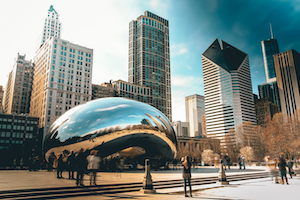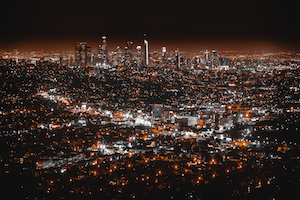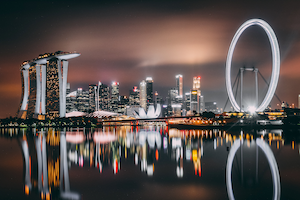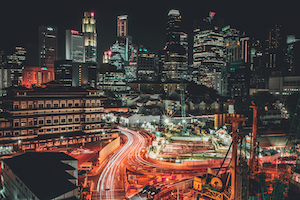How smart cities actually work?
The main character, Ben Cooper, has to come to grips with the reality that his high-tech house has the potential to act on its own without his permission in the Disney Channel Original Movie "Smart House."
However, apart from an artificial intelligence program and automated technology striving to take power from its inventor, "Smart House" is complete with beautiful signs of what people in 1999 anticipated future technology to be like.
What exactly are these "Smart Cities"?
We are now in the year 2022, and people all around the globe are aware of what smart cities are.
Cities that use technology to make everyday living more environmentally friendly, efficient, transparent, and intelligent are called smart cities.
The ability to contextualize enormous volumes of acquired big data depends on the use of intelligent technology, the internet of things (IoT), and the use of geographical information systems (or GIS software). Smart cities rely on these technologies.





